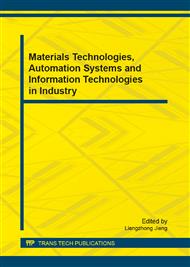p.143
p.149
p.155
p.161
p.166
p.175
p.183
p.188
p.194
Multiple Factors Path-STIRPAT Analysis Model of Beijing CO2 Emission
Abstract:
As the political, economic and cultural center of China, Beijing is facing worse CO2 emission influences than other cities. Therefore, digging out the influence factors of CO2 emission is valuable for maintaining Beijings sustainable development. This paper discusses the driving forces influencing Beijings CO2 emissions based on Path-STIRPAT model-a method combining Path analysis and STIRPAT (stochastic impacts by regression on population, affluence and technology) model. The analysis shows that GDP per capita (A), industrial structures (IS), population (P), urbanization level (R) and technology level (T) are the main factors influencing Beijings CO2 emissions. The sequence of the size of factors direct influence on Beijings CO2 emissions isA>IS>R>T>P, while that of factors total influence isA>R>P>IS>T.
Info:
Periodical:
Pages:
166-171
Citation:
Online since:
August 2013
Authors:
Keywords:
Price:
Сopyright:
© 2013 Trans Tech Publications Ltd. All Rights Reserved
Share:
Citation:


